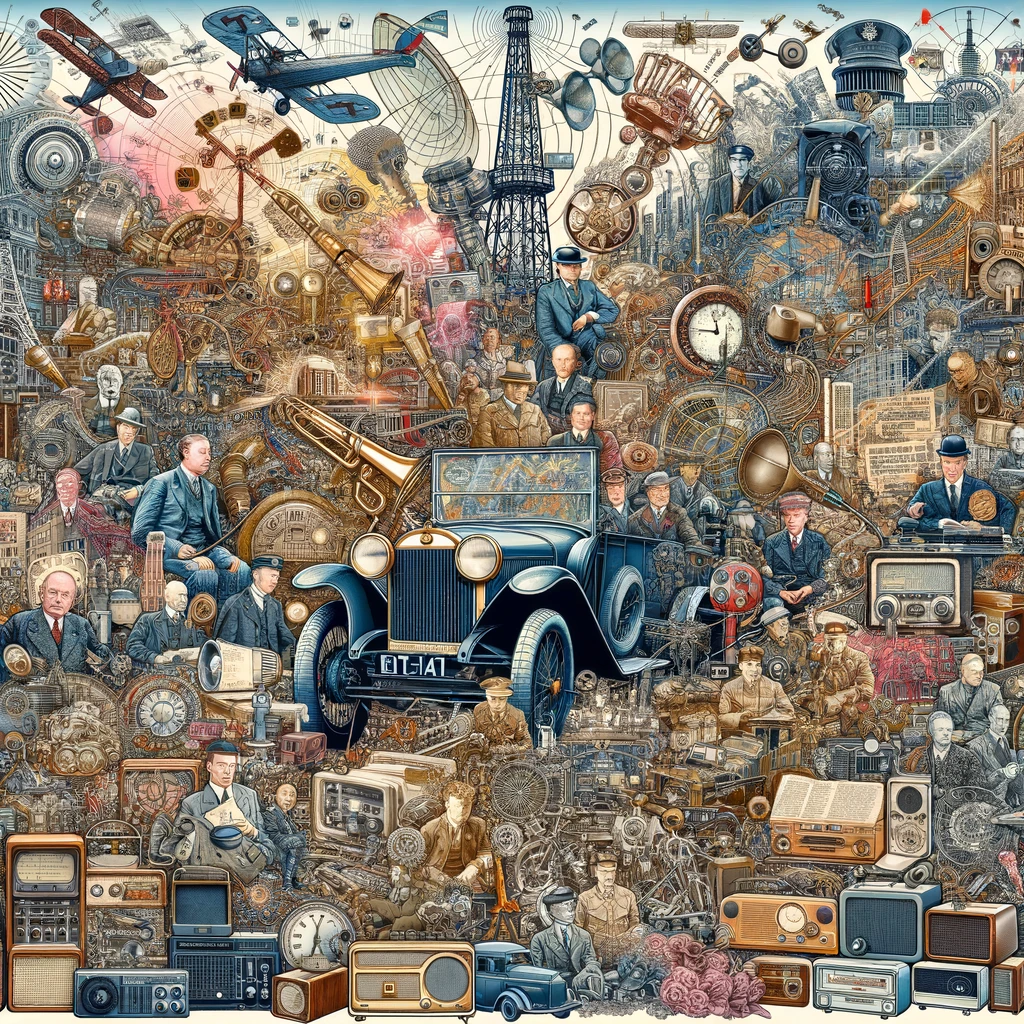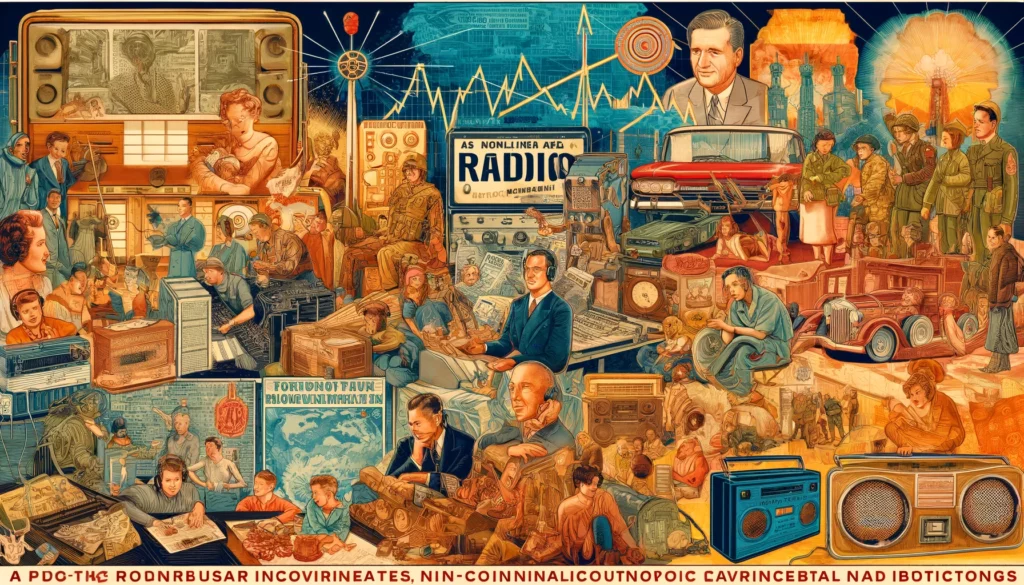Non-linear History of Radio
This highly nonlinear history of radio touches briefly on just some of the main stories, and provides pointers to the literature for those who want to probe further.
Integrated circuit engineers have the luxury of taking for granted that the incremental cost of a transistor is essentially zero, and this has led to the high-device-count circuits that are common today. Of course, this situation is a relatively recent development; during most of the history of electronics, the economics of circuit design were the inverse of what they are today. It really wasn’t all that long ago when an engineer was forced by the relatively high cost of active devices to try to get blood (or at least rectification) from a stone. And it is indeed remarkable just how much performance radio pioneers were able to squeeze out of just a handful of components. For example, we’ll see how American radio genius Edwin Armstrong devised circuits in the early 1920’s that trade log of gain for bandwidth, contrary to the conventional wisdom that gain and bandwidth should trade off more or less directly. And we’ll see that at the same time Armstrong was developing those circuits, self-taught Soviet radio engineer Oleg Losev was experimenting with blue LEDs and constructing completely solid-state radios that functioned up to 5MHz, a quarter century before the transistor was invented. These fascinating stories are rarely told because they tend to fall into the cracks between history and engineering curricula. Somebody ought to tell these stories, though, since in so doing, many commonly-asked questions get answered automatically. This highly nonlinear history of radio touches briefly on just some of the main stories, and provides pointers to the literature for those who want to probe further. (local archive PDF)
http://www-smirc.stanford.edu/papers/chapter1.pdf
A nonlinear history of radio explores the development of radio technology and its cultural, social, and political impacts in a non-linear, non-chronological fashion, focusing on key themes, innovations, and events that have shaped its trajectory.

1. Prehistory and Early Experiments: Begin with the prehistory of radio technology, including the work of early pioneers such as Nikola Tesla, Guglielmo Marconi, and Heinrich Hertz. Highlight key experiments and discoveries that laid the groundwork for the development of radio communication.
2. Technological Innovation: Explore the nonlinear evolution of radio technology, focusing on key breakthroughs and innovations that revolutionized the field. This could include the invention of the vacuum tube, the development of frequency modulation (FM) and amplitude modulation (AM), the introduction of solid-state electronics, and the transition to digital radio formats.
3. Regulation and Policy: Examine the non-linear development of radio regulation and policy, including the establishment of government agencies such as the Federal Communications Commission (FCC) in the United States and international agreements such as the Geneva Frequency Plan. Discuss how regulation has shaped the structure of the radio industry, influenced broadcasting standards, and impacted issues of censorship and freedom of speech.
4. Cultural Impact: Explore the nonlinear cultural impact of radio, focusing on its role in shaping popular culture, music, entertainment, and politics. Highlight key moments in radio history, such as Orson Welles’ “War of the Worlds” broadcast, the rise of radio programming genres like soap operas and talk shows, and the use of radio as a propaganda tool during wartime.
5. Social Movements and Resistance: Discuss the nonlinear role of radio in social movements and resistance, including its use as a tool for activism, community organizing, and grassroots communication. Highlight examples of pirate radio stations, underground broadcasts, and alternative media outlets that have challenged mainstream narratives and empowered marginalized voices.
6. Techno-Cultural Hybridity: Explore the nonlinear relationship between radio technology and culture, focusing on instances of techno-cultural hybridity and appropriation. Discuss how radio has been repurposed, hacked, and subverted by artists, hackers, and DIY enthusiasts to create alternative forms of expression and communication.
7. Digital Transformation: Examine the nonlinear transition from analog to digital radio technology, including the development of satellite radio, internet radio, and streaming services. Discuss the challenges and opportunities presented by digitalization, including issues of access, affordability, and the preservation of cultural heritage.
8. Futures and Speculations: Conclude with speculations on the nonlinear future of radio, exploring emerging trends such as podcasting, interactive radio, and the integration of radio with other forms of media and communication. Discuss the potential impacts of artificial intelligence, virtual reality, and decentralized technologies on the future of radio broadcasting.

By presenting radio history in a nonlinear fashion, this approach would highlight the interconnectedness of technological, cultural, and social factors that have shaped the evolution of radio communication over time. It would also invite readers to engage with radio history in a more dynamic and multidimensional way, uncovering hidden connections and alternative narratives that may have been overlooked in traditional linear histories.